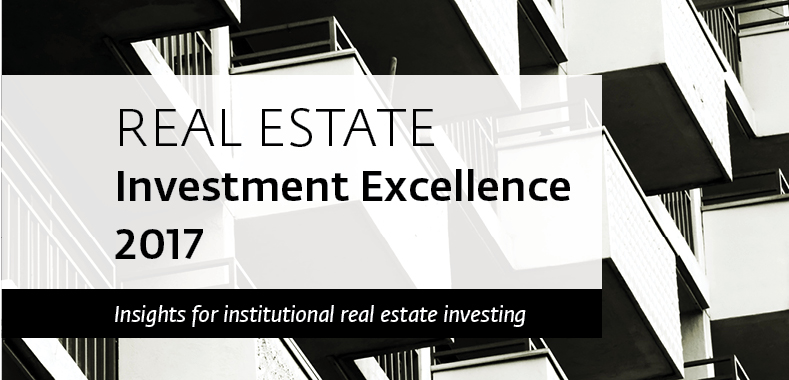Where Amherst Sees Single-Family Values
Some markets are better values now and in the coming years due to the demand for rentals amid strict mortgage lending
Privcap: What is your basic investment strategy?
Sandeep Bordia: To buy single-family homes for rental. Once they are rented, we lever them up.
How large is your portfolio?
Bordia: About 2,500 properties in the single-family equity fund. We have a large number in Texas; we generally look outside the “first-tier” locations like New York and San Francisco. Secondary cities like Nashville, Tenn., Charlotte, N.C., Atlanta, Houston—those are the areas where we have the biggest focus right now.
Are these properties mostly in foreclosure or in some kind of trouble?
Bordia: We buy properties both through foreclosure as well as the regular MLS listings. But the portfolio is really comprised of stabilized properties. Our fund would typically invest in portfolios that are 80 percent, 85 percent, 90 percent stabilized. So they’ve already been rented and you are generating an income of say 5.5 percent, 6 percent on a cash-on-cash return basis. It’s like any other income-generating real estate asset.
I assume you’re not buying one-offs. Are you buying portfolios?

Bordia: We are also buying one-offs. We have invested a lot in technology. We have a sister company called Main Street Renewal, which is part of Amherst Holdings. We are able to bid on the properties that we like in a very efficient manner.
Just to give an example, if a few hundred listings appear one day in some of the target markets that I mentioned, that night we download information on all of those properties in to our system. We have invested a lot in technology in terms of looking at those properties, looking at the census tract information, running our models. There is a lot of human touch required in all of these things, but the technology helps us make sure that the investment professionals are spending pretty much all of their time on things that matter the most.
If we get a listing today on a property that we like, we can typically turn around all the manual work and run all the models and send out an offer the next afternoon.
What are your investment parameters?
Bordia: We have strict parameters. For example, we only buy three or more bedroom properties constructed after 1979. The typical price point is in the $125,000 to $150,000 range.
And what is the competition like? Do you find yourself up against a local guy who wants to buy a house to move in to? Or are you bidding against other institutional investors or other non-institutional private investors?
Bordia: Institutional investors still are a very, very small part of the single family rental market— only around 1 percent to 1.5 percent. More often than not, we are competing with other people who are actually going to own the homes and live in them, or regular investors. Historically, retail buyers could buy these properties at really low cap rates. Today, they don’t really have the kind of financing that they need. As an institutional guy, you have access to financing that is much better suited for these kind of investments. You can get five-year, 10-year loans at much more attractive rates than an investor can—especially if that investor is not a very high FICO, pristine-quality borrower.
How are these typically financed?
Bordia: The typical structures that we have seen in the marketplace are financed anywhere between 60-70 percent of the total purchase.
Do you plan to hold these for the long term?
Bordia: Yes. Our strategy is a little different from Blackstone and some of the others. There are two ways that you make money in this. The first is the cash flow income—the 5.5 percent to 6 percent cap rate. And you also have home price appreciation over time. So if you own the property for three years, and home prices go at the rate of 3 percent per annum, then you get another 9 percent cumulative return over the next three years.
How do you see the market right now?
Bordia: There are still quite a few areas that look very attractive—Chicago, Indianapolis, Cincinnati, Nashville, Charlotte. In all of these [markets], you can still buy properties with cap rates of 6 percent to 6.5 percent. One reason we think this is a good investment is because in the medium-to-long-term, we don’t expect mortgage credit availability to come back. As a result, the demand for rentals is going to remain high.
Finally, you layer on the benefits that institutional investors have over mom and pop investors. It really looks to me that the industry is going to do reasonably well over the next several years. And the opportunity is not going to vanish.
Some markets are better values now and in the coming years due to the demand for rentals amid strict mortgage lending, says the firm’s head of research.
